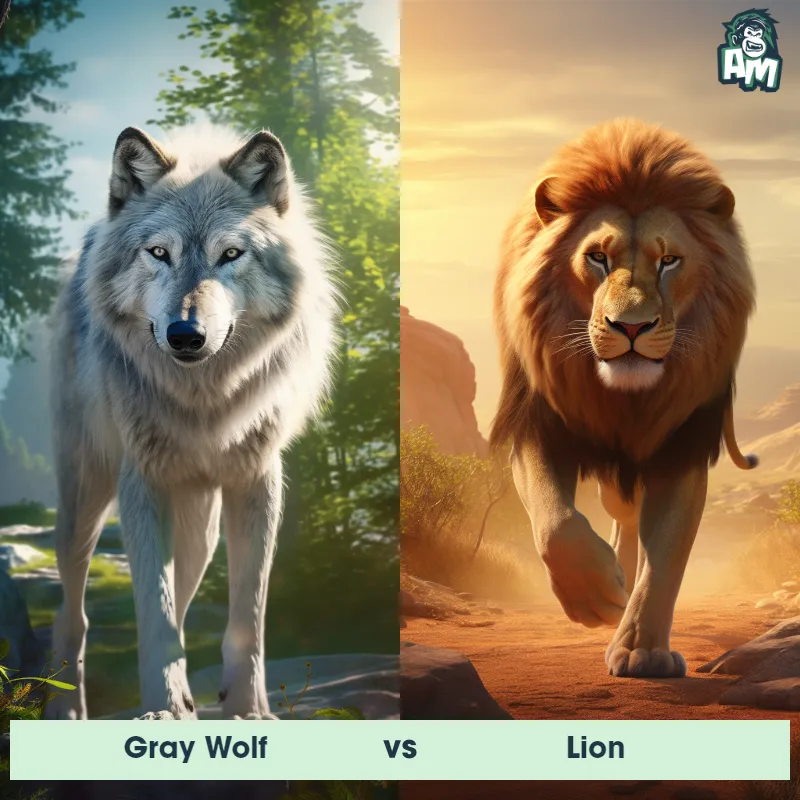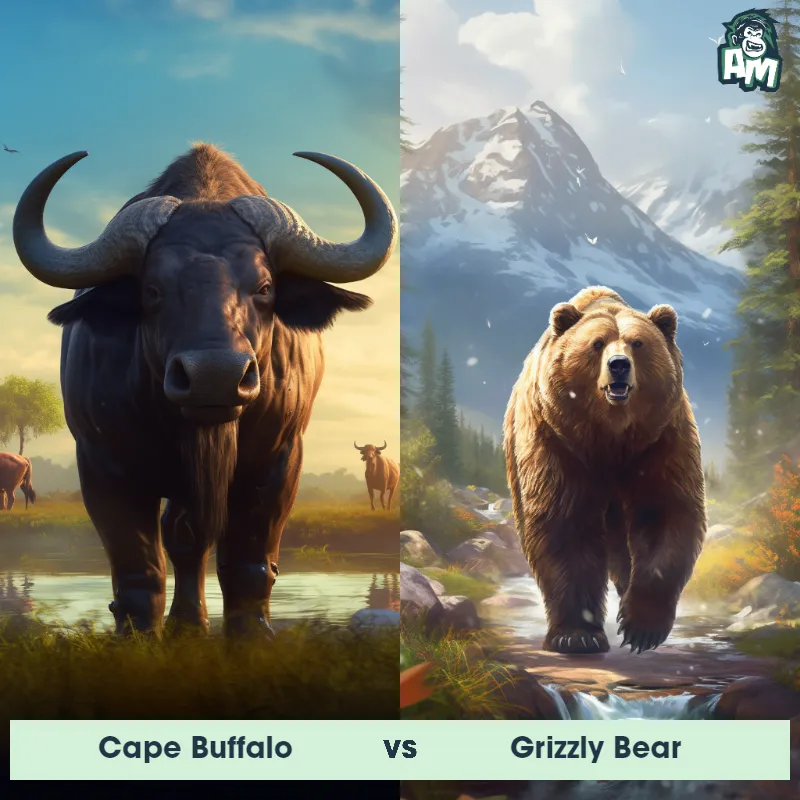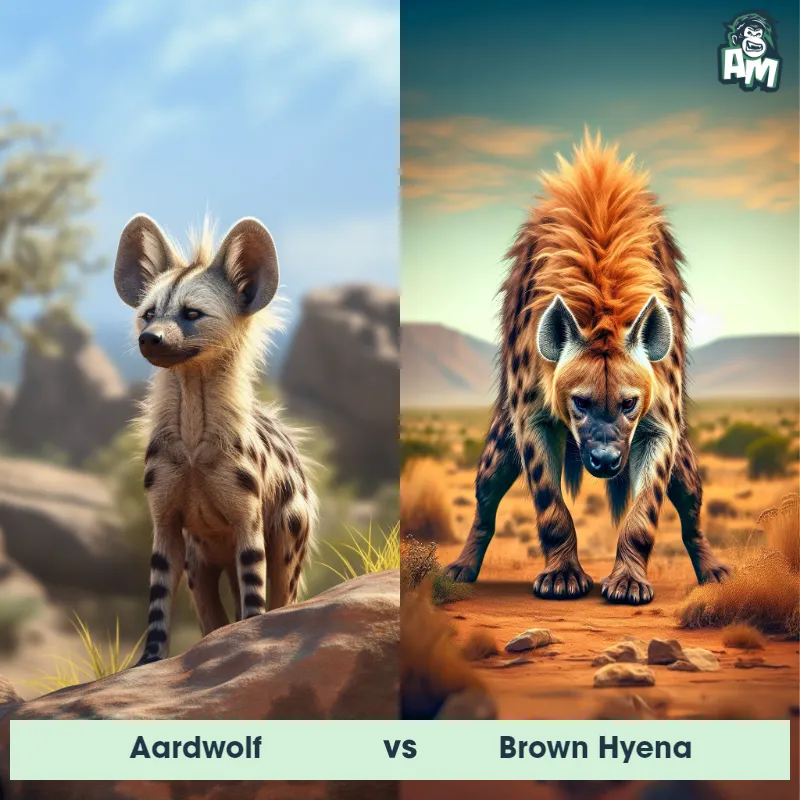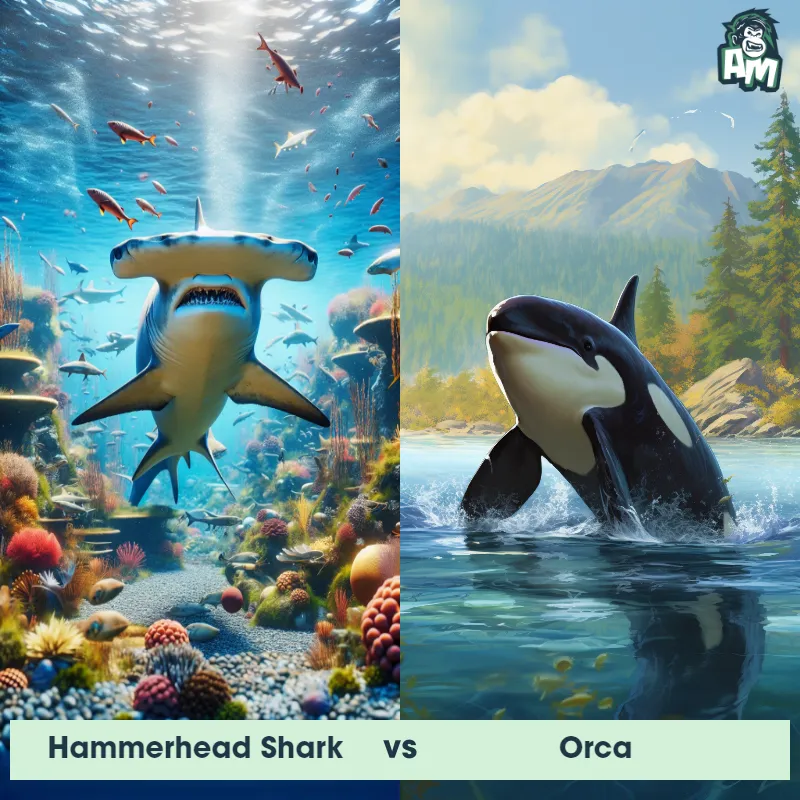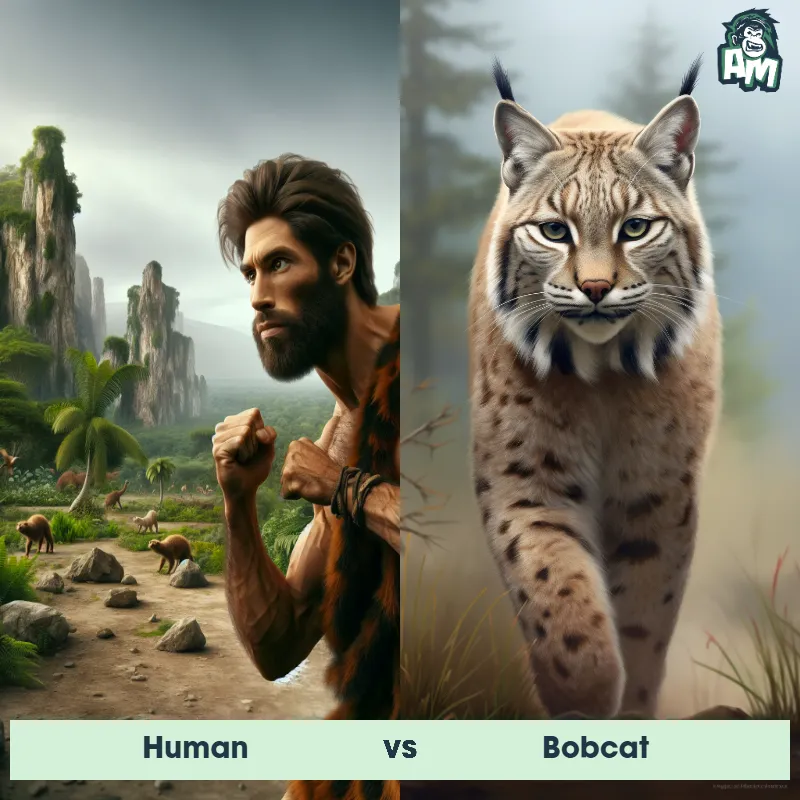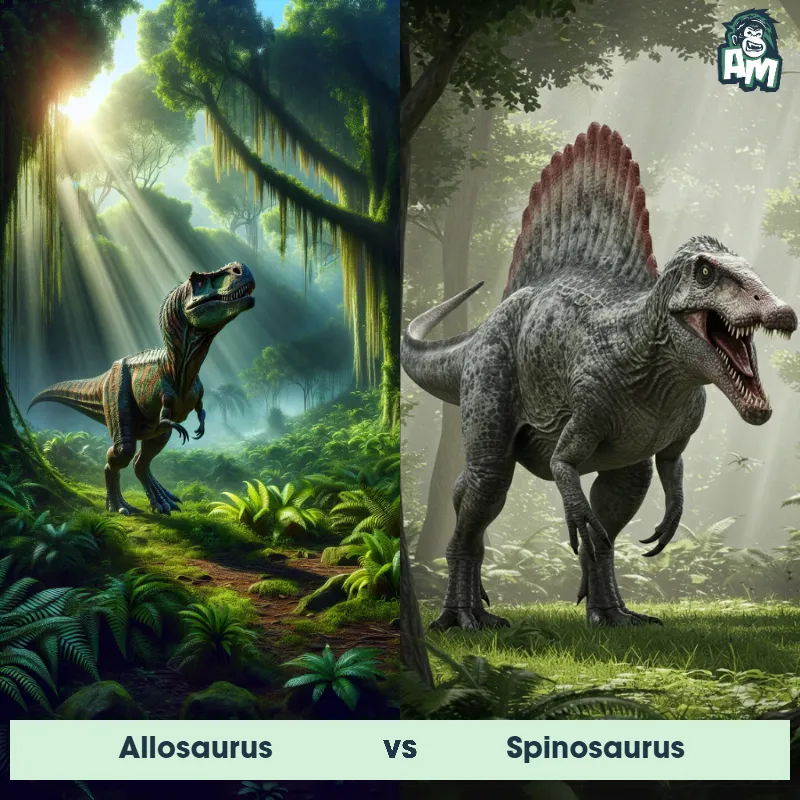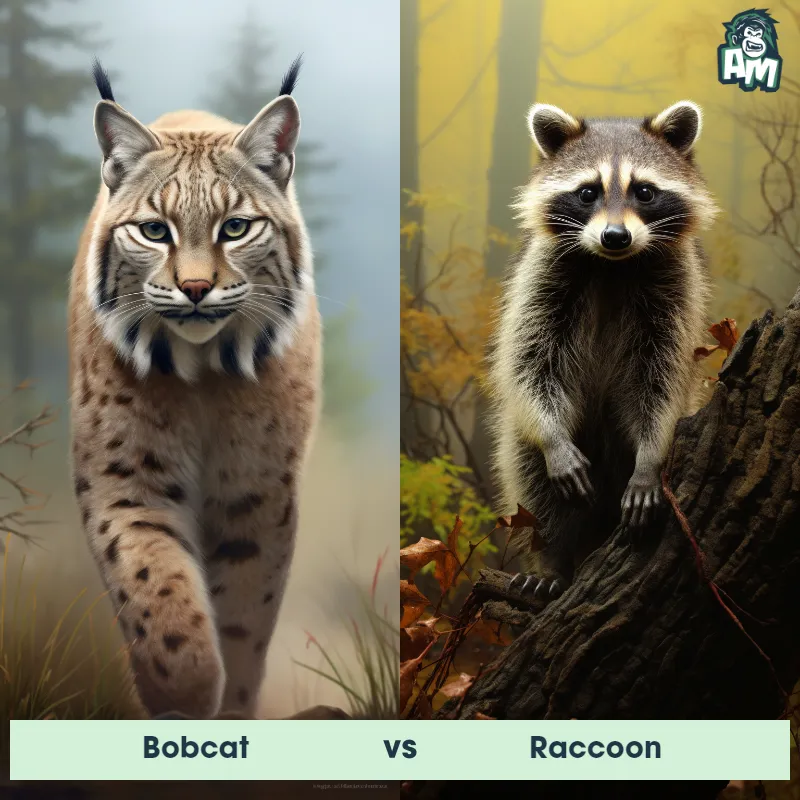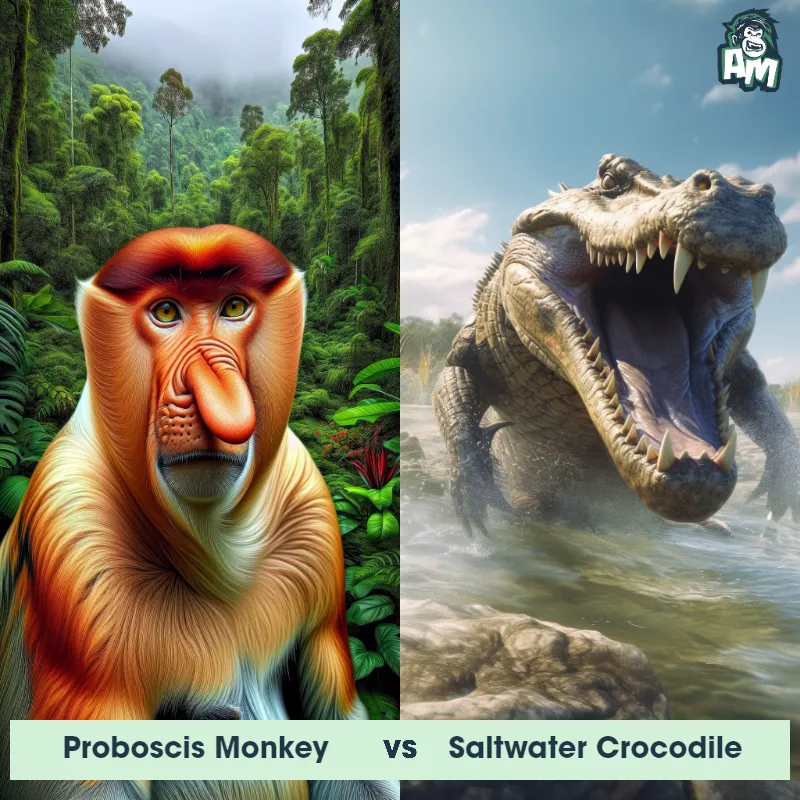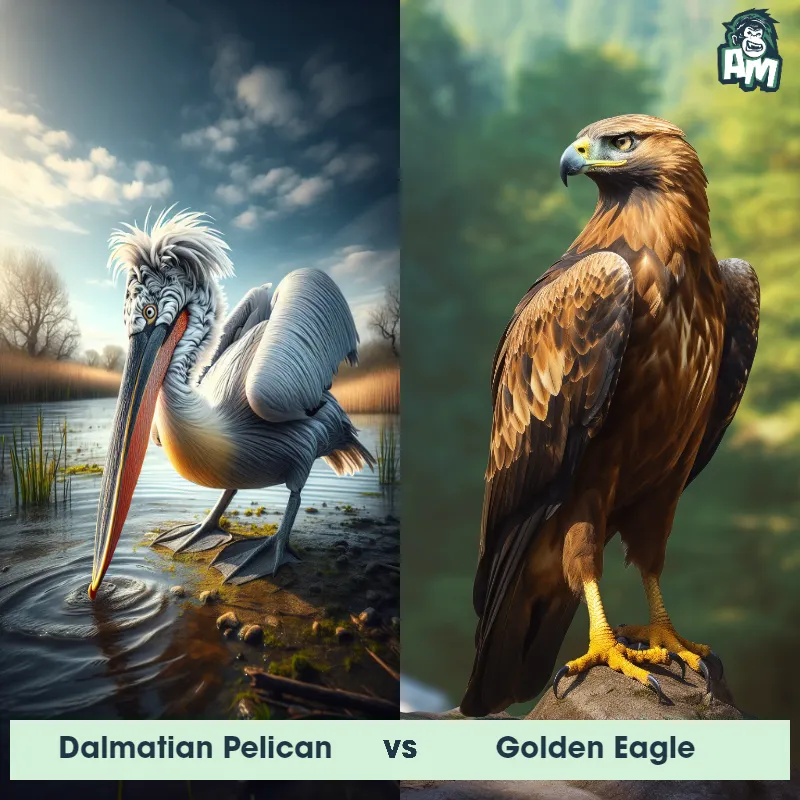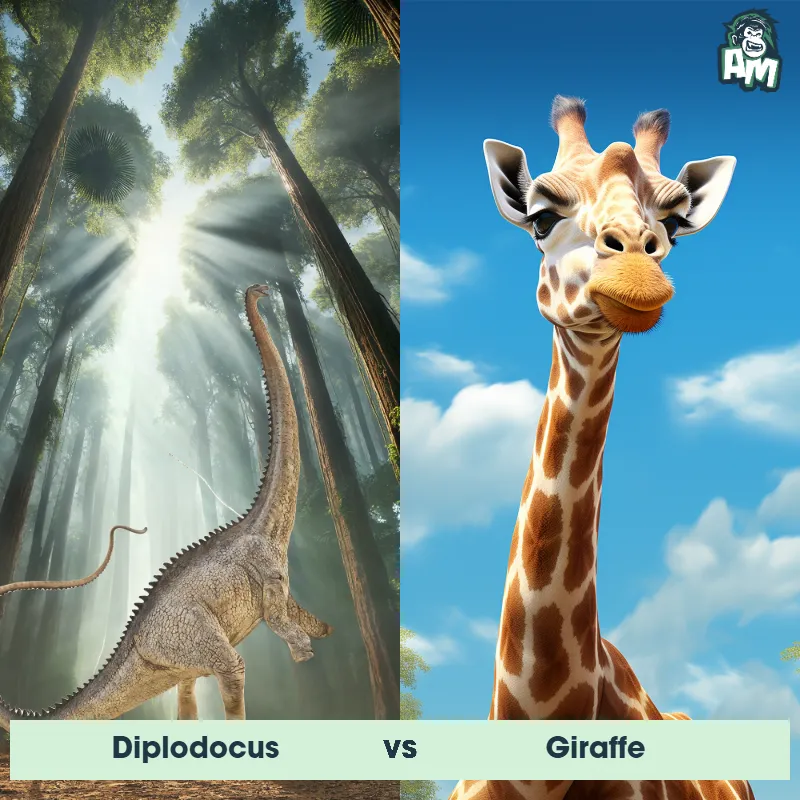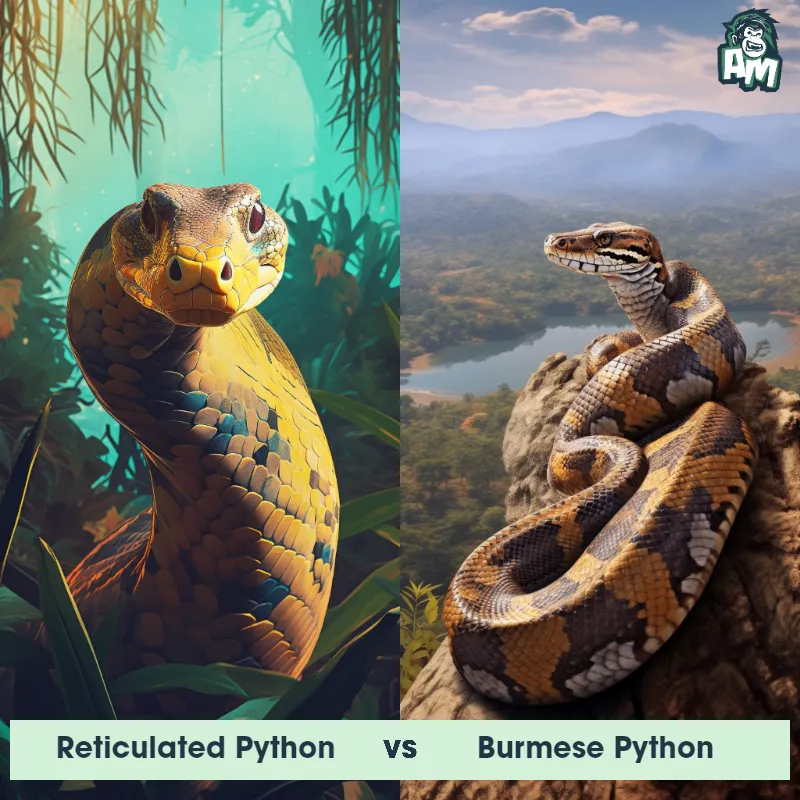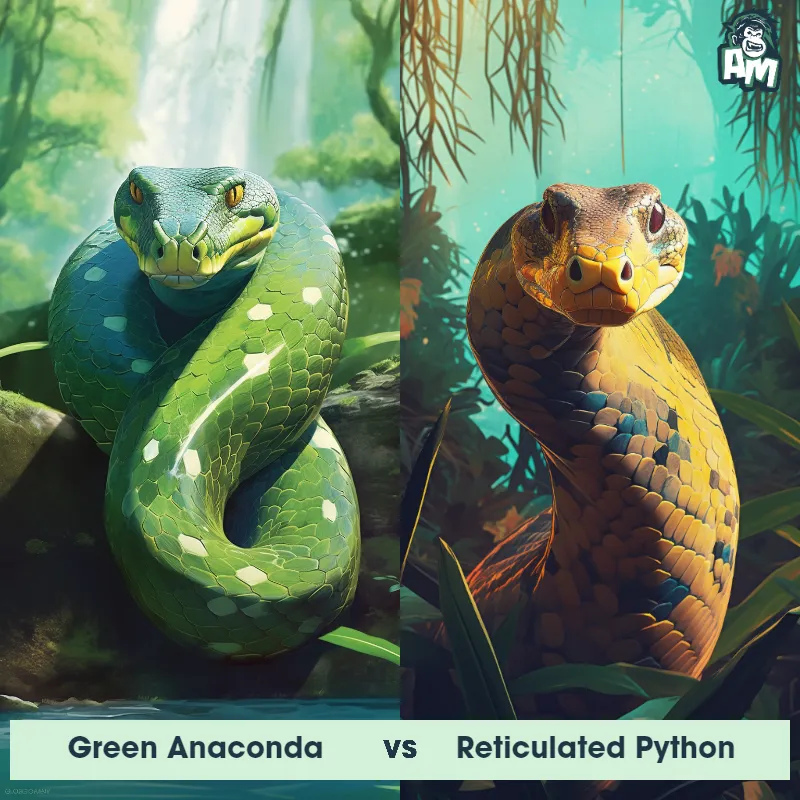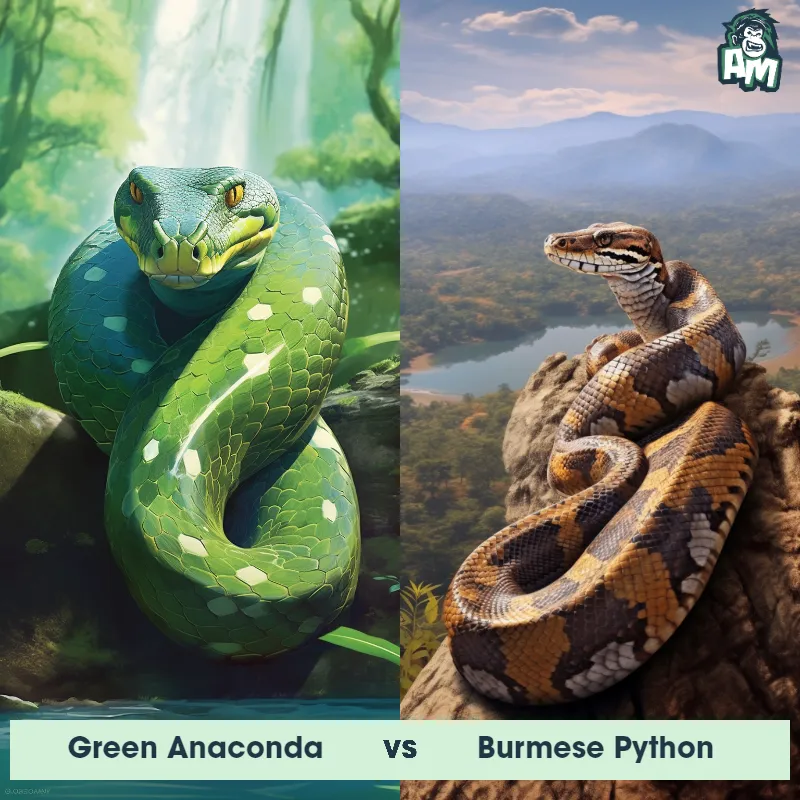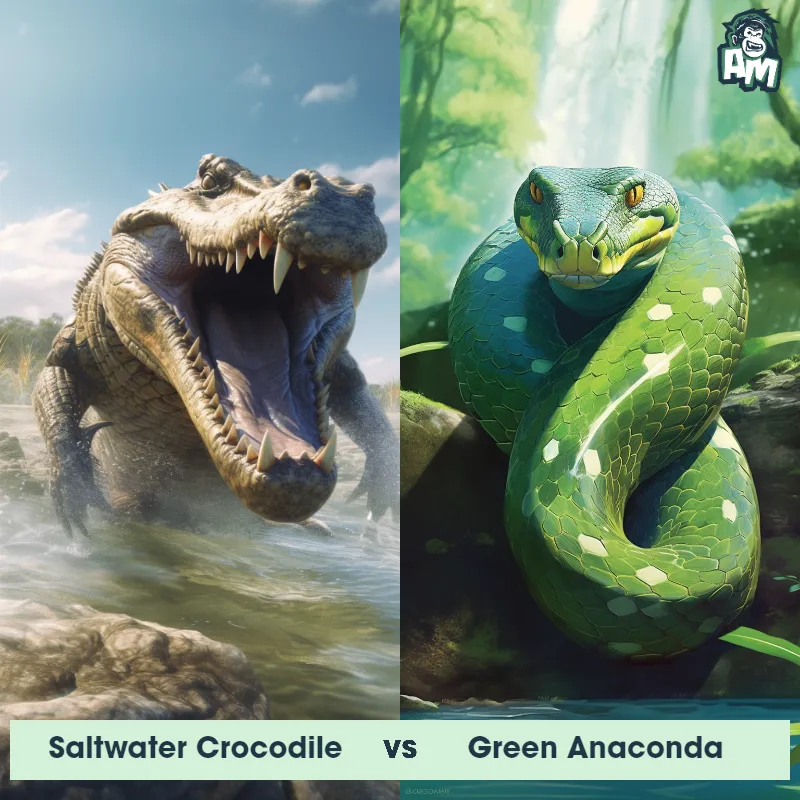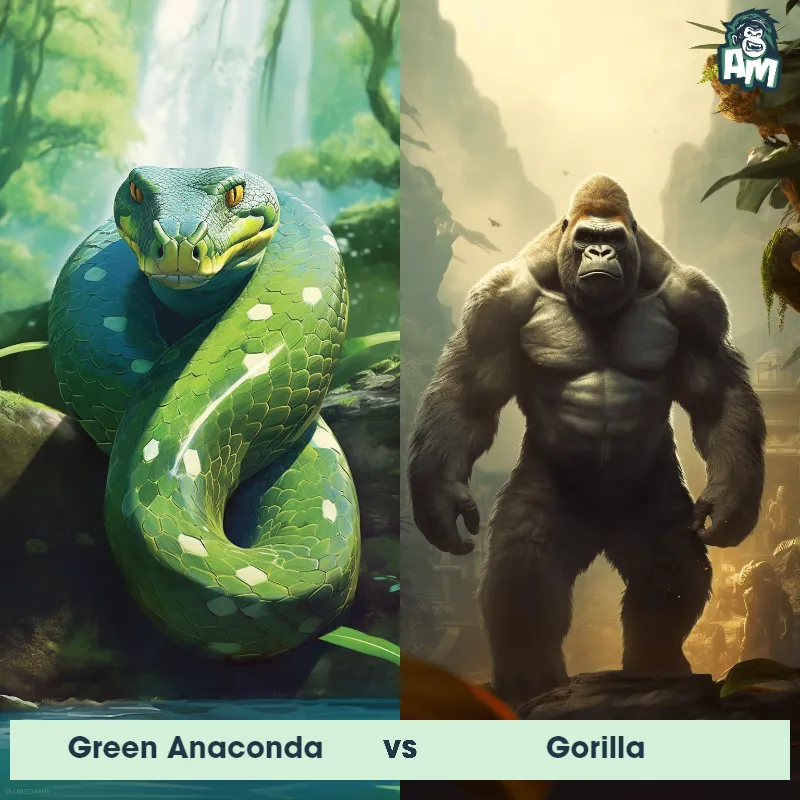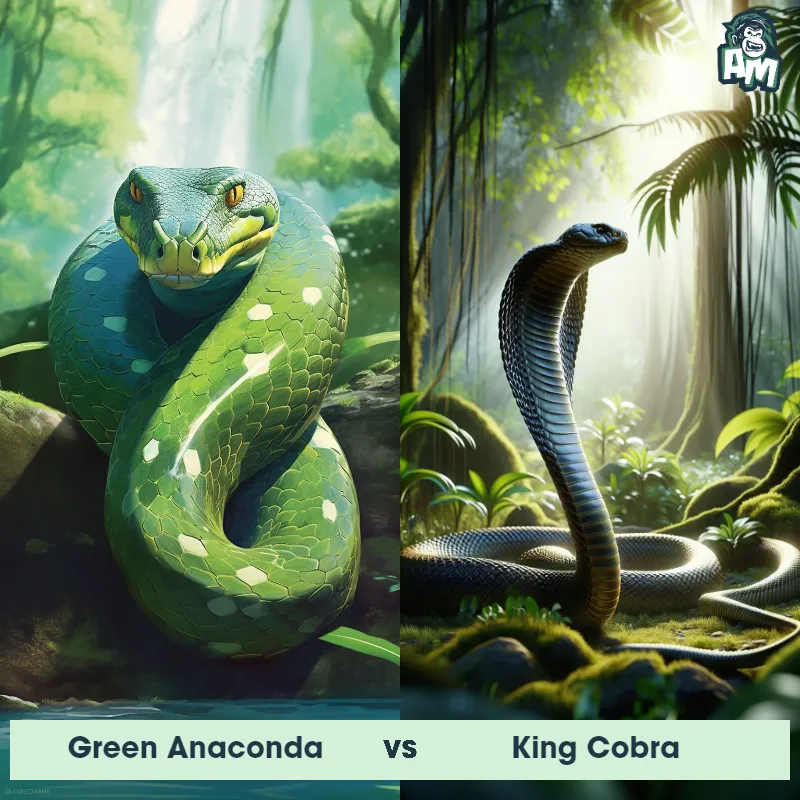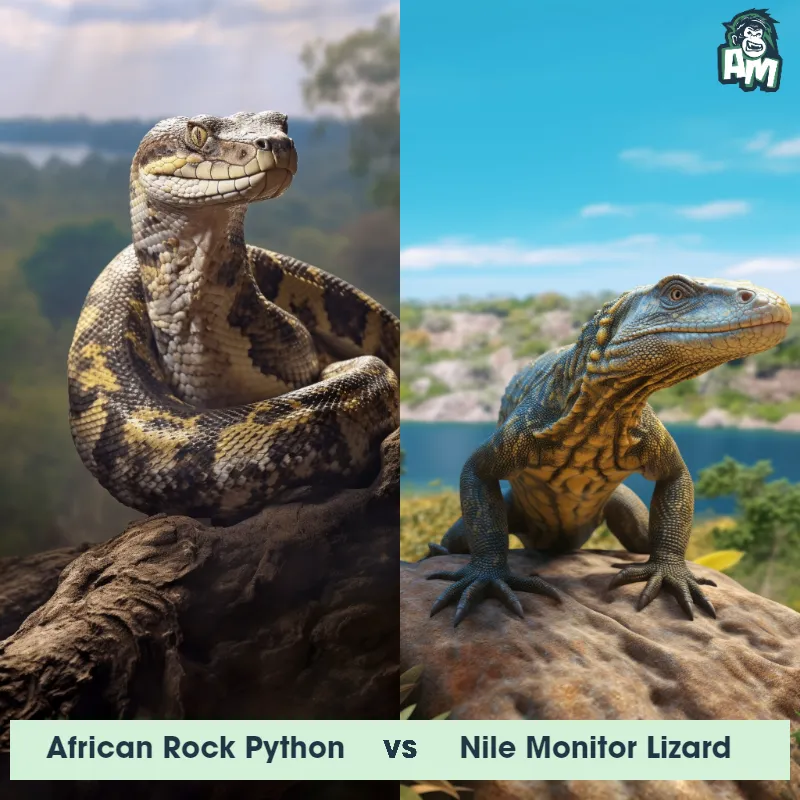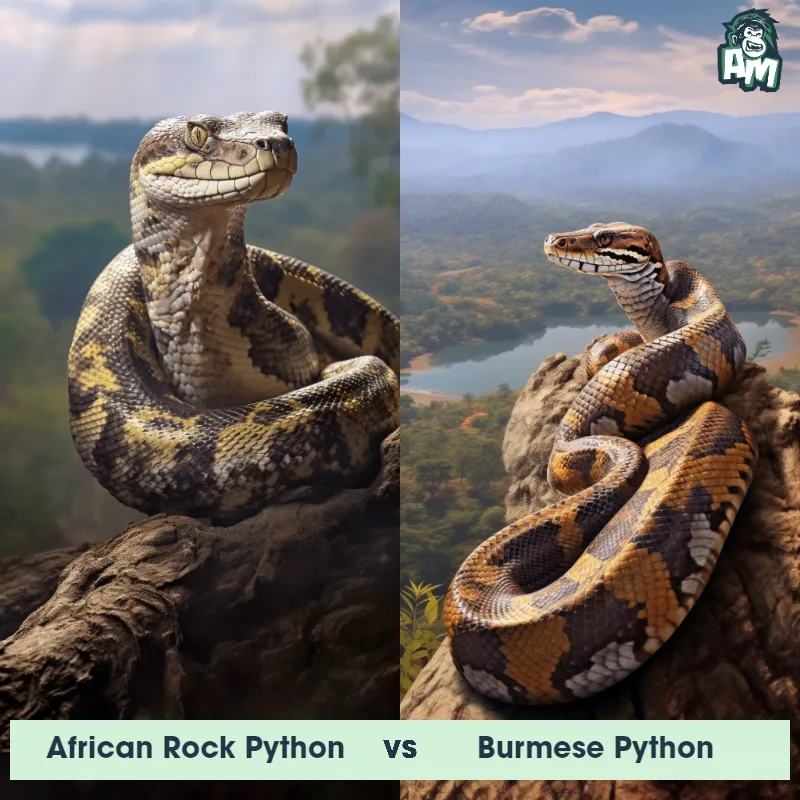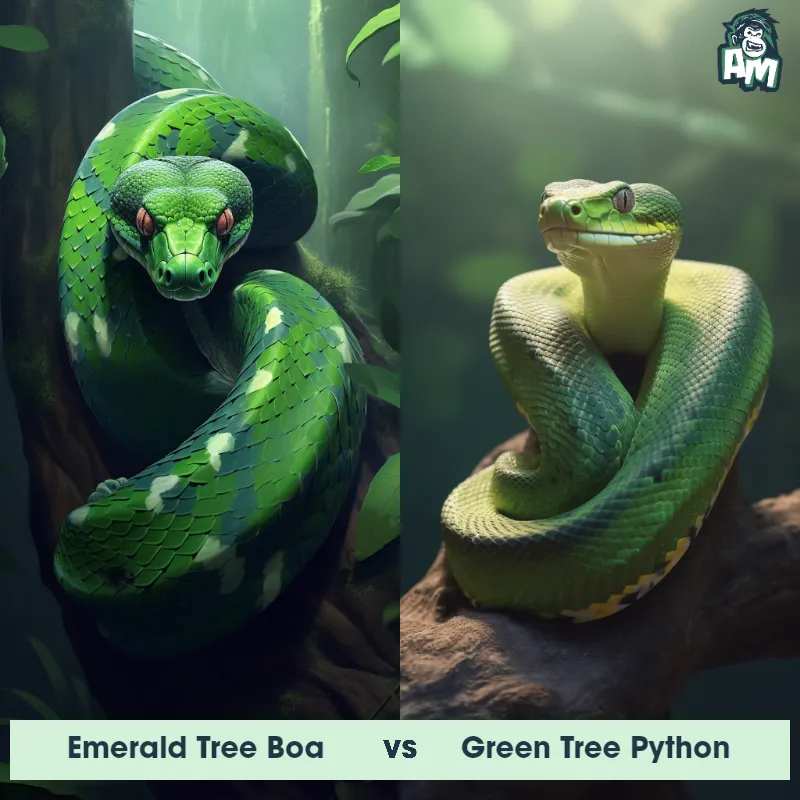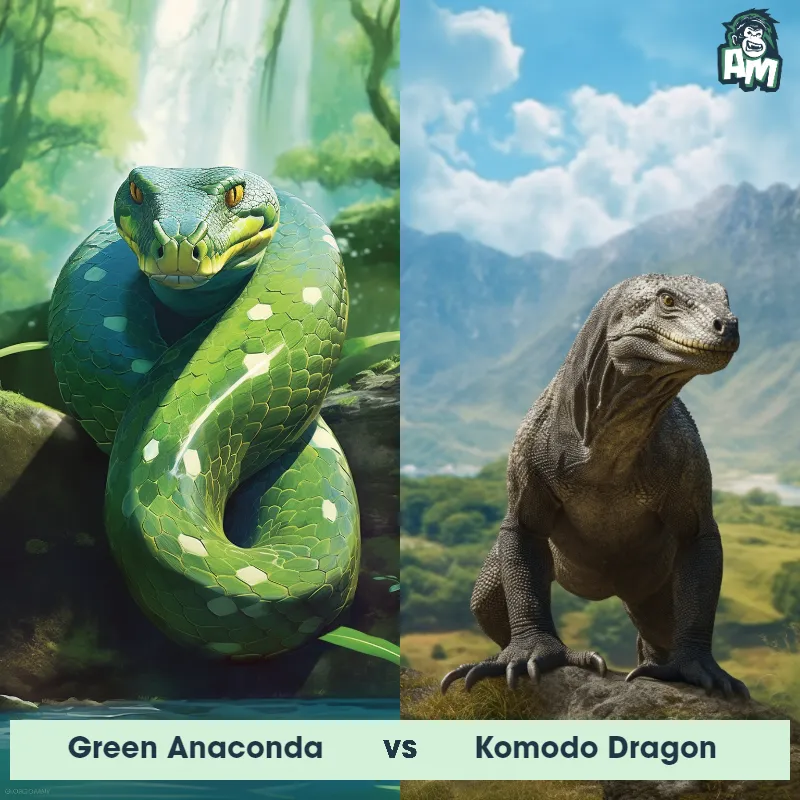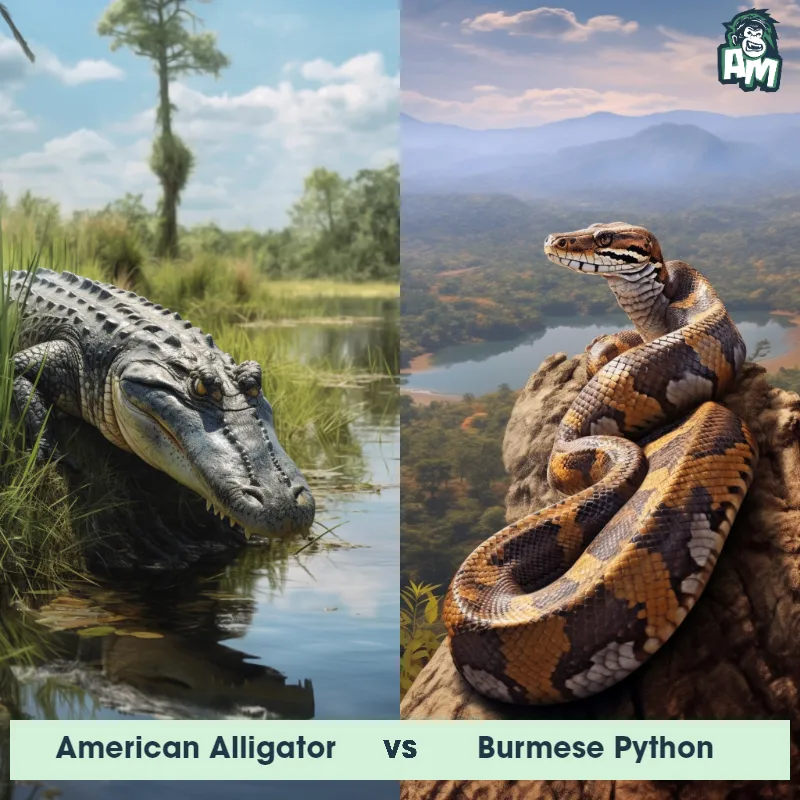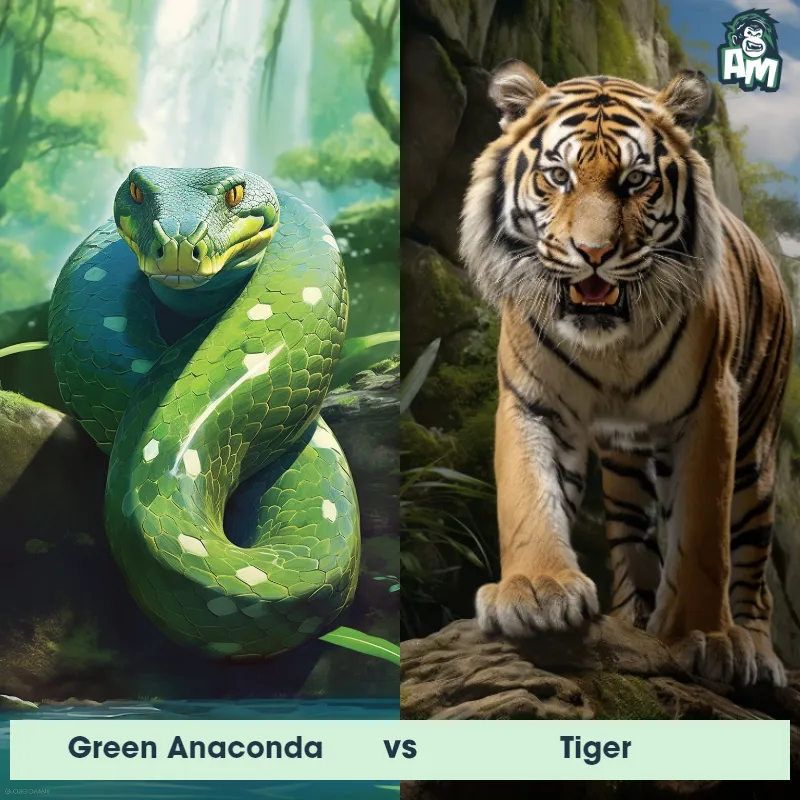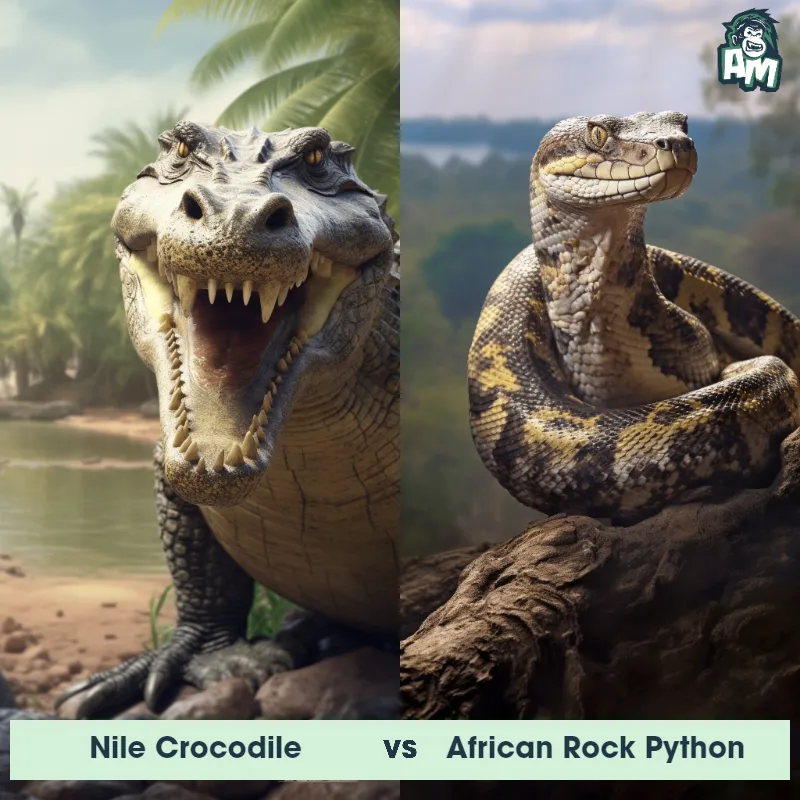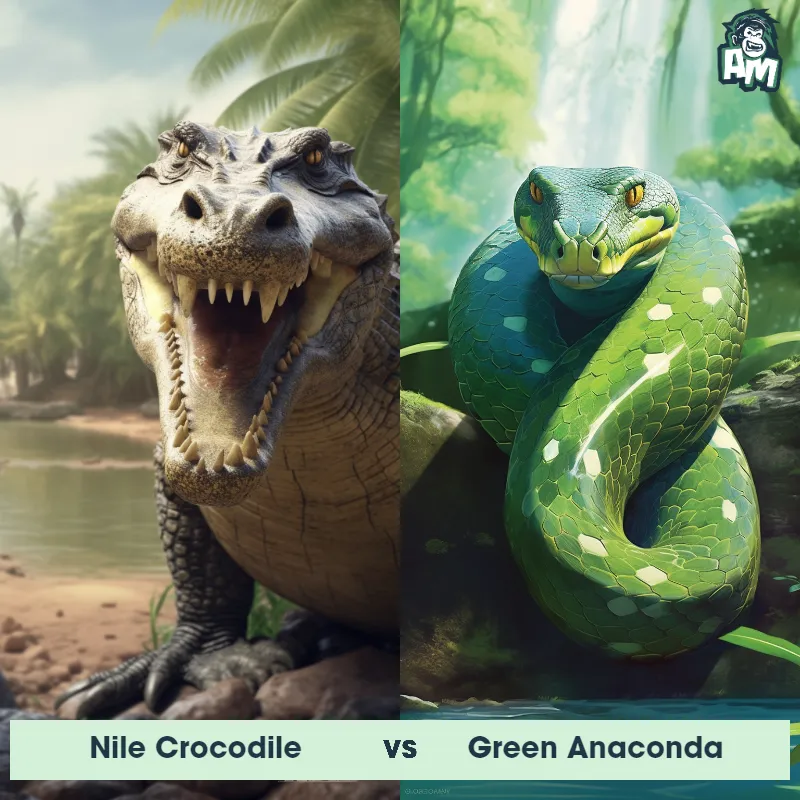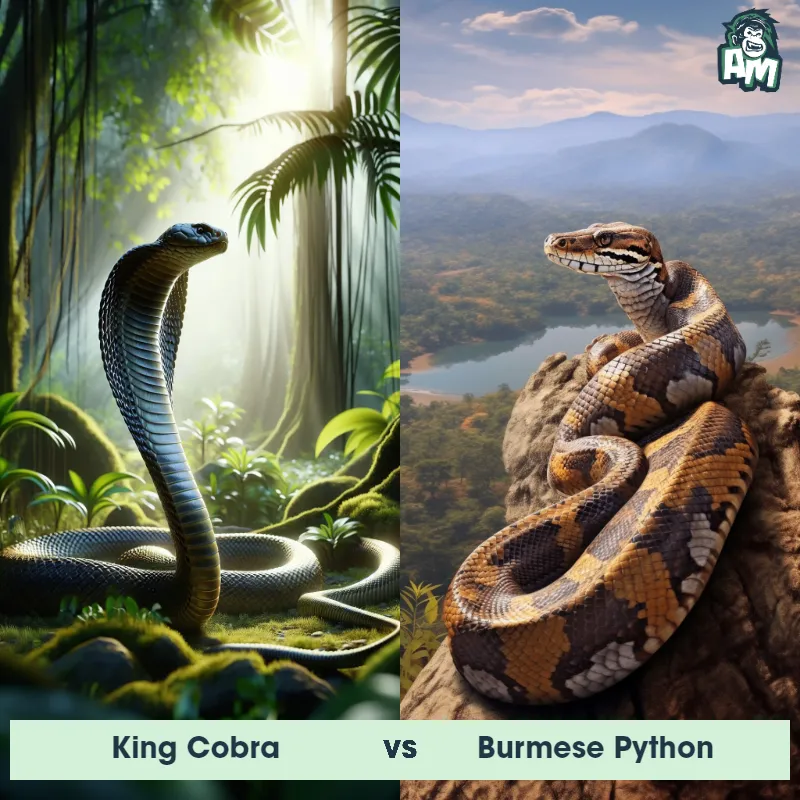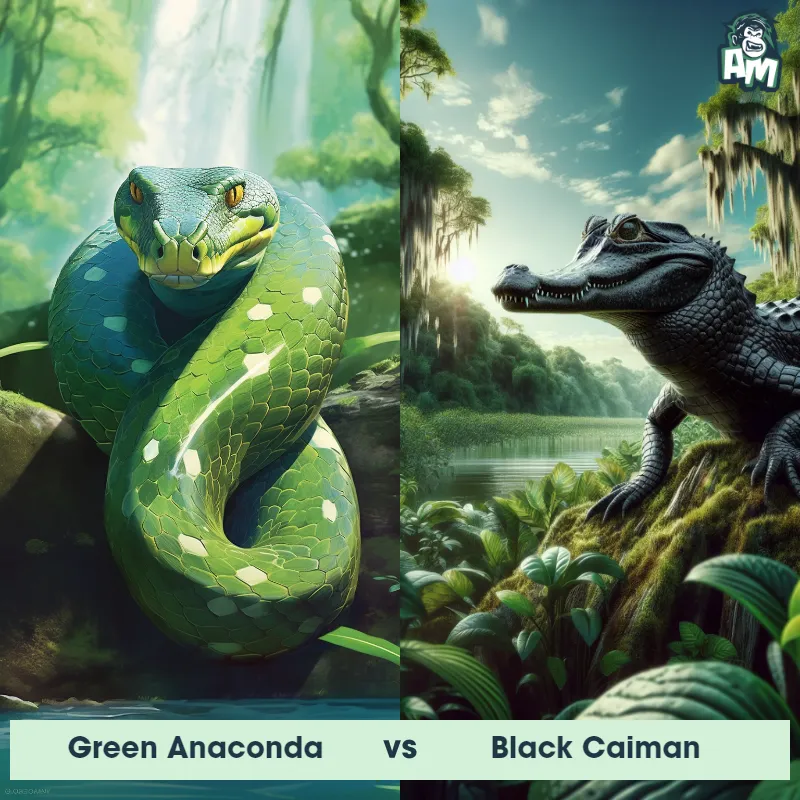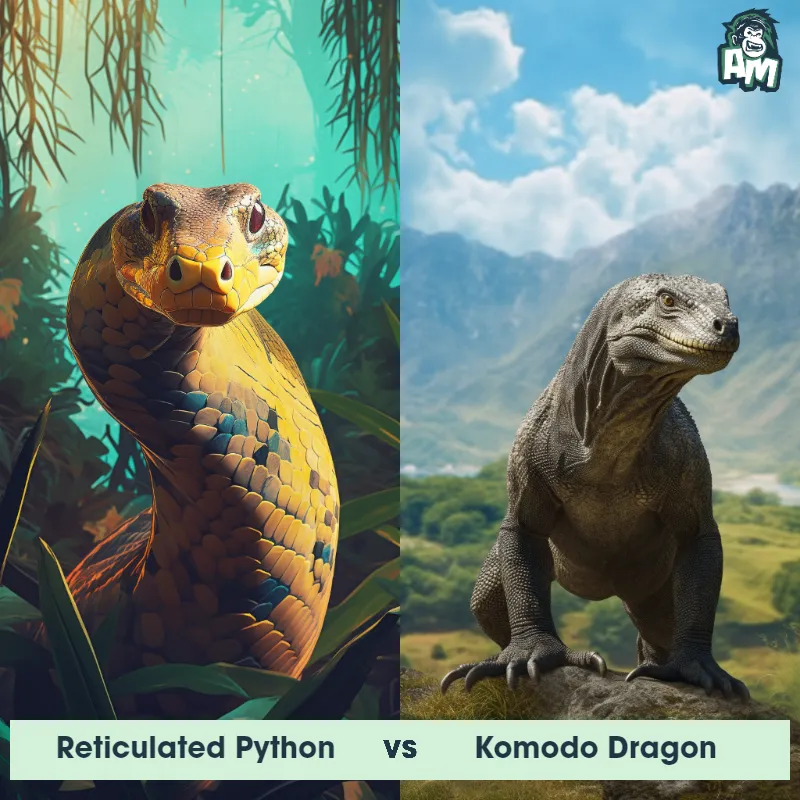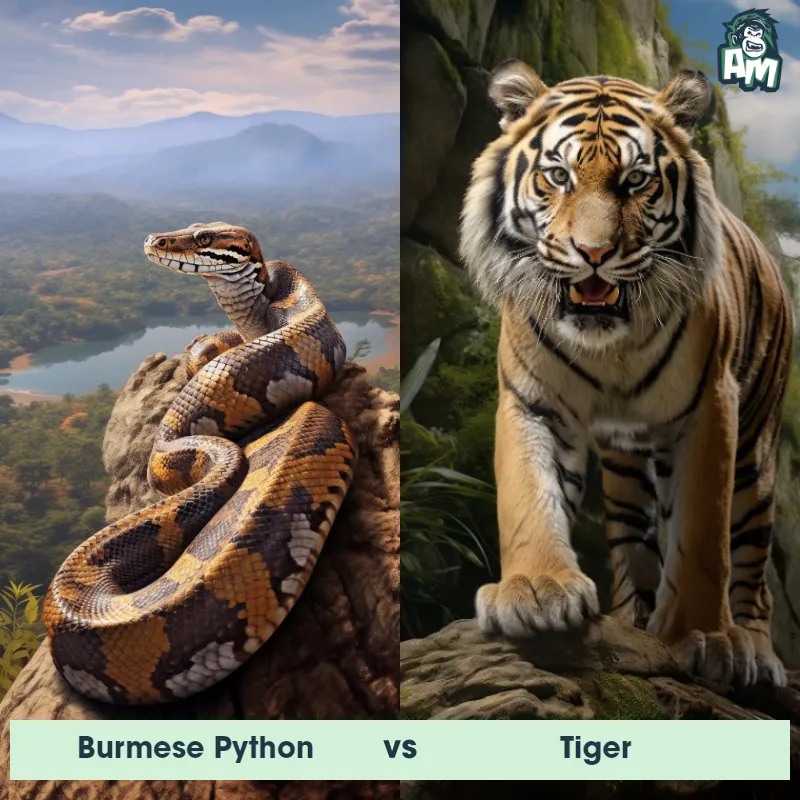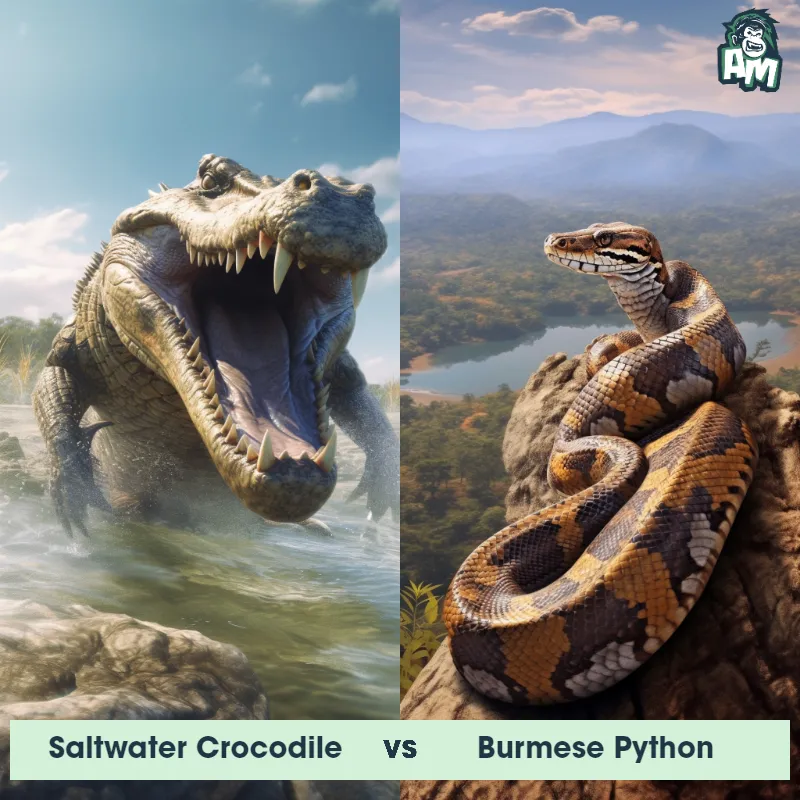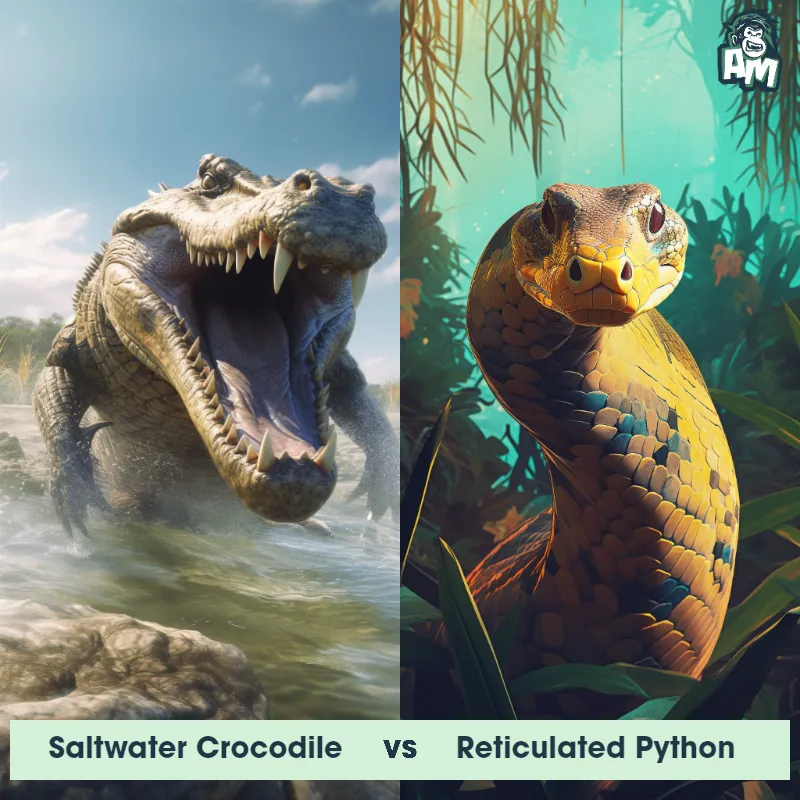African Rock Python vs Green AnacondaSee Who Wins

Ladies and gentlemen, welcome to this thrilling matchup between two formidable opponents in the animal kingdom! In the left corner, we have the African Rock Python, known for its incredible strength and constricting abilities. And in the right corner, we have the Green Anaconda, famous for its size and expertly crafted hunting techniques. These two heavyweights are ready to face off in an epic battle tonight, so let the showdown begin!
Contender 1: African Rock Python
The African Rock Python, also known as the Python sebae, is one of the largest snake species in the world, growing up to 20 feet in length and weighing up to 200 pounds. They have a distinctive pattern of brown and black scales, with a triangular head and sharp teeth. African Rock Pythons are non-venomous and kill their prey by constriction, squeezing them until they suffocate.
Fun Fact: African Rock Pythons are known to eat a wide variety of prey, including antelopes, crocodiles, and even porcupines!
Contender 2: Green Anaconda
The Green Anaconda, also known as the common anaconda, is one of the largest and heaviest snakes in the world, with females growing up to 30 feet long and weighing over 500 pounds. They have a dark green coloration with black oval spots along their back and sides, and their eyes and nostrils are located on the top of their head, allowing them to breathe and see while mostly submerged in water. They are non-venomous constrictors, using their powerful muscles to squeeze their prey to death before swallowing them whole.
Fun Fact: Green Anacondas are excellent swimmers and can stay underwater for up to 10 minutes, using their nostrils to breathe while submerged.
Matchup Stats
| African Rock Python | Green Anaconda | |
|---|---|---|
| Size | Up to 20 feet (6.1 meters) | Up to 30 feet (9.1 meters) long |
| Weight | Up to 200 pounds (91 kilograms) | Over 500 pounds (227 kilograms) |
| Speed | Speed: 5 mph (8 km/hr) | Speed: 5 mph (8 km/hr) |
| Key Strength | Constriction | Powerful constricting muscles |
| Biggest Weakness | Vulnerable to attacks on the head | Slow movement on land |
Current Votes
African Rock Python vs Green Anaconda
See Who Wins
View More Matches
Looking For More?
Similar Matches
Scientific Stats
| African Rock Python | Green Anaconda | |
|---|---|---|
| Scientific Name | Python sebae | Eunectes murinus |
| Family | Pythonidae | Boidae |
| Habitat | Terrestrial | Freshwater rivers, swamps, and marshes |
| Geography | Sub-Saharan Africa | South America |
| Diet | Wide variety of prey, including antelopes, crocodiles, and porcupines | Carnivorous, feeding on a variety of prey including fish, birds, mammals, and reptiles |
| Lifespan | 12 - 30 | 10 years - 30 years |
Key Differences between African Rock Python and Green Anaconda
- Head shape: African Rock Pythons possess a more triangular-shaped head with a distinct arrow-like pattern on top, while Green Anacondas have a rounder head shape with a visible pit on each side of their face.
- Prevalence: African Rock Pythons are widespread in their natural range and have a relatively stable population, while Green Anacondas, although abundant in their native region, face habitat loss and hunting pressures, leading to localized declines in some areas.
- Coloration: African Rock Pythons display a patterned dark brown or olive background color with lighter, irregular patches, while Green Anacondas have a predominantly greenish coloration with black blotches along their body.
- Scale arrangement: The African Rock Python has a more rough and angular scale structure, with more pronounced ridges and keels along its back, whereas the Green Anaconda displays smoother scales with less pronounced ridges.
- Size: The African Rock Python holds the record as Africa's largest snake species, reaching lengths of up to 20 feet, whereas the Green Anaconda is the largest snake species in the world, capable of growing over 30 feet in length.
- Distribution: African Rock Pythons are found throughout sub-Saharan Africa, inhabiting diverse environments such as grasslands, swamps, forests, and even deserts, while Green Anacondas are native to South America, primarily inhabiting the Amazon rainforest and its surrounding habitats.



